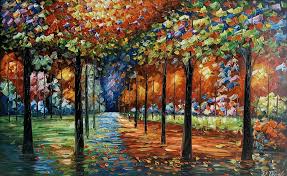
Painting, an age-old form of artistic expression, has captivated humanity for centuries. From the caves of Lascaux to the modern galleries of Paris, the canvas has been a vessel for human creativity, emotion, and storytelling. In this article, we delve into the world of landschap schilderij, exploring its history, techniques, and enduring significance in the realm of art.
A Journey Through History: The history of painting is as rich and diverse as the colors on an artist’s palette. Dating back to prehistoric times, early humans adorned cave walls with depictions of their daily lives, hunting scenes, and spiritual beliefs. These primitive forms of painting laid the groundwork for the artistic traditions that followed.
As civilizations flourished, so did the art of painting. Ancient Egyptians decorated tombs with intricate murals, while Greek artists perfected the art of realistic portraiture. The Renaissance ushered in a golden age of painting, with masters like Leonardo da Vinci, Michelangelo, and Raphael pushing the boundaries of artistic expression.
In the centuries that followed, painting evolved alongside changing artistic movements and cultural shifts. From the romantic landscapes of the Hudson River School to the bold abstractions of the Abstract Expressionists, each era brought new techniques, styles, and interpretations of the medium.
The Language of Color and Form: At its core, painting is a visual language—a means of communicating ideas, emotions, and perspectives. Artists harness the power of color, form, and composition to evoke a range of feelings and provoke thought in their viewers.